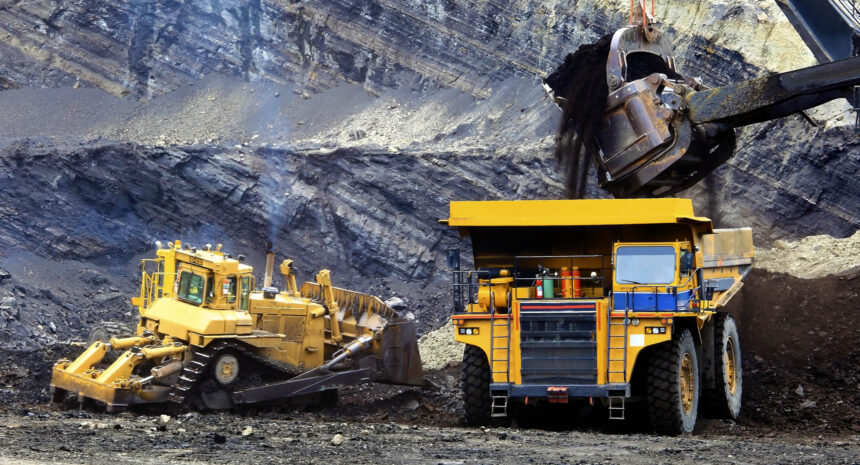Namibia’s economic growth has historically been driven by commodities.
However, this strategy has not been creating the desired number of jobs, as the extractive industry is quite capital-intensive.
Namibia remains at a desperate juncture in its economic development for the introduction of a diversification strategy, as the country cannot rely indefinitely on its natural resources and volatile commodity prices for growth.
Finance minister Iipumbu Shiimi at a point last year reiterated that Namibia needs to move to new industries that will cater to economic activities – and more importantly tackle the country’s persistent inequality through quality jobs and revenue growth for government
“Namibia registered impressive growth until 2015, where the economy registered on average about 5% of growth every year. In 2016, growth came to a standstill, mainly because the commodity super-cycle came to an end, where Namibia was benefiting a lot from high commodity prices on international markets,” he said.
Namibia is today troubled by a high unemployment rate, inequality and poverty rate, despite it registering positive growth in the first decade after independence.
Namibia, with one of the youngest populations in Africa, could reach a staggering 60% youth unemployment rate.
The 2018, the National Labour Force Survey results point to an increased need to address youth unemployment, which is estimated to have increased from 43% in 2016 to 46% by 2018.
The most recent figures from the Namibia Statistics Agency (NSA) indicate that the country’s overall unemployment rate dropped slightly from 34% in 2016 to 33.4% in 2018.
Namibia now faces new engines of growth for the economy from the mining sector; this includes the green hydrogen ambition and the oil discoveries offshore.
Namibia’s green hydrogen juggernaut moved another step closer to fruition after four successful applicants for pilot projects were announced last year at the commencement of the inaugural two-day Green Hydrogen Conference in the capital.
This set Namibia en-route to achieving large-scale, low-cost renewable energy development, designing models for sustainably maximising fiscal revenue and local development in renewable energy investments as well as green ammonia production.
Additionally, once the commercial viability of Namibia’s third-ever noteworthy oil discoveries off the coast has been verified, these hydrocarbon detections have the potential to benefit the country’s economy by billions of dollars in revenue.
In addition, a bourgeoning local oil industry holds the potential to create unique business opportunities for the country’s economic development through
the establishment of a new sector that could provide much-needed jobs.
CEO of the Namibia Investment Promotion and Development Board Nangula Uaandja noted that previously, foreign direct investments, although numerous, could not create adequate local employment.
Now, she said, the focus is to ensure new investments promote inclusive growth and are targeted at creating decent employment.
The mining industry accounts for about 10% of the gross domestic product (GDP), 40% of export revenue and 7% of annual government revenue.


